One of the reasons I love observing the Jovian system and our own Moon is that they give us some of the best chances to see the universe in motion, in real time. When I have the time, I love watching those four little dots dance around Jupiter, or watching the terminator creep along the lunar surface. Stellar occultations by the Moon are nice when you can get them, but one of the easiest ways to see our solar system in motion is through the Galilean Satellites. When Chicago Astronomer Curt informed us of not only an Io transit, but an occultation of Ganymede, and an occultation of Io’s shadow by Io itself, I was really hoping for clear skies. Mostly, the sky cooperated with me.
All timings are based on direct visual observations.
Io’s first contact was at 10:19 PM CDST.
Io’s second contact was at 10:23 PMCDST.
Ganymede was noticed dimming, entering Jupiter’s shadow at 10:43 PM CDST.
Ganymede was fully eclipsed at 10:45 PM CDST.
Io’s third contact was at 12:27 AM CDST
Ganymede was observed at 12:29 AM CDST (I was watching intently as Io was crossing Jupiter’s limb, and didn’t observe the exact moment Ganymede reappeared).
Io’s fourth contact was at 12:32 AM CDST.
 |
| Curt's predicted events times. |
 |
| http://www.curtrenz.com/astronomical.html |
Visual timings are hard, and the seeing conditions left a lot to be desired. Throw in freezing temps later in the night, and I spent a lot of time down in the heated control room.
I’ll let the pictures tell the rest of the events.

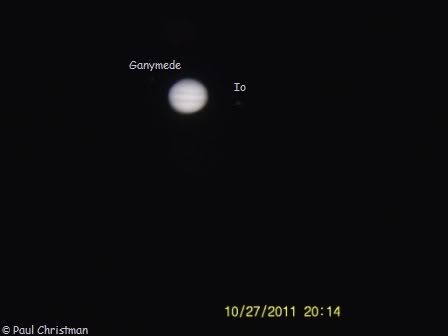
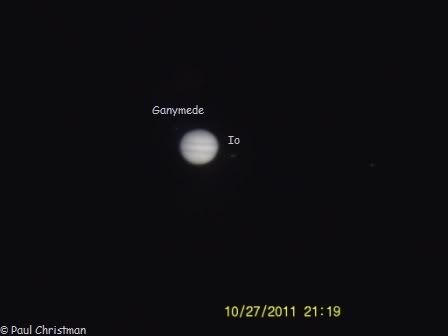

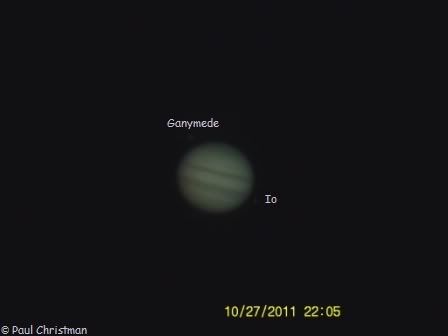



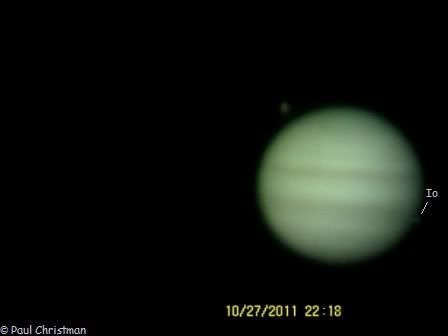
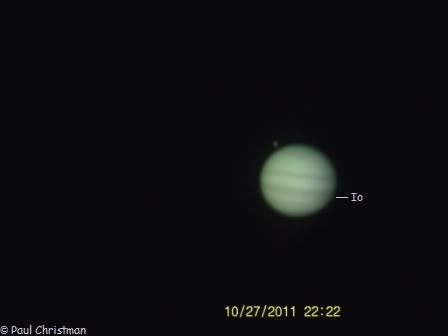
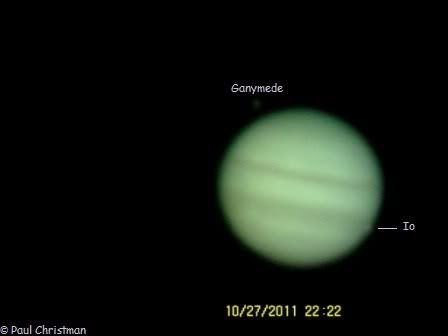

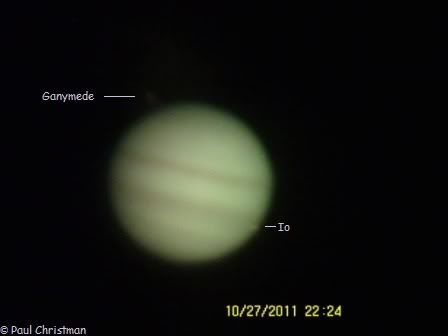
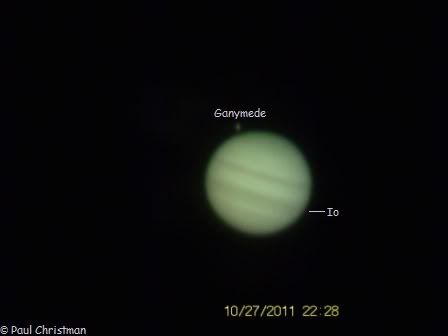


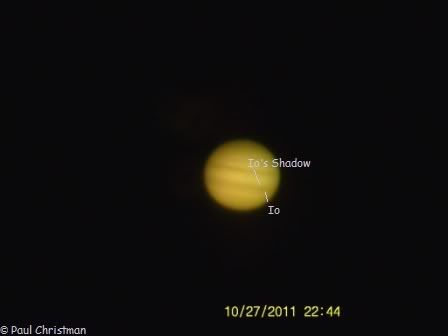

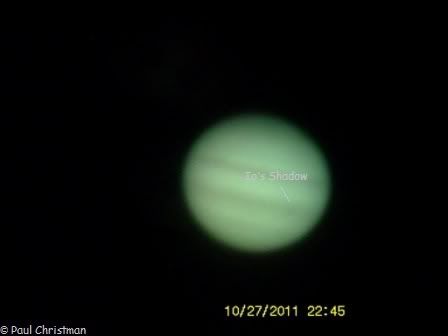
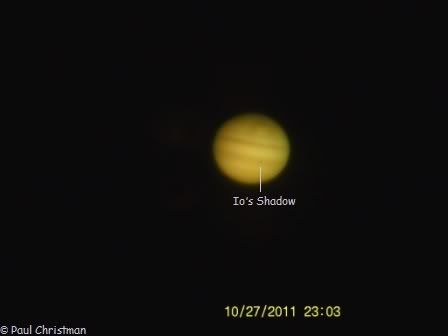
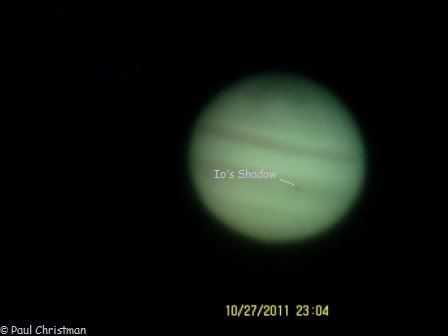
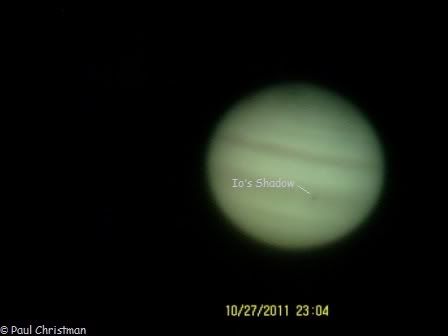

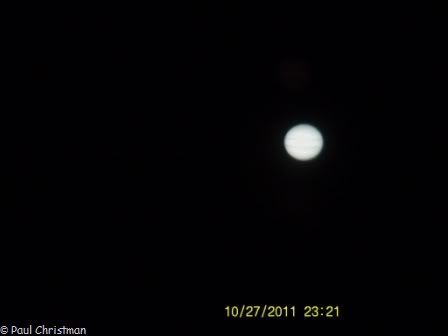
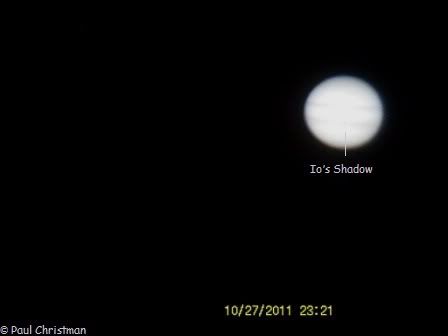
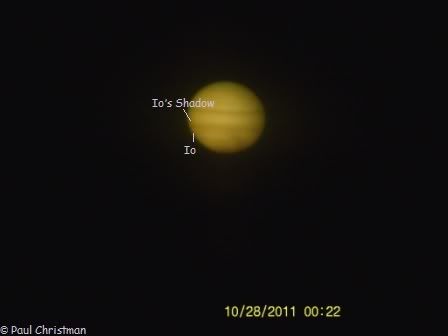
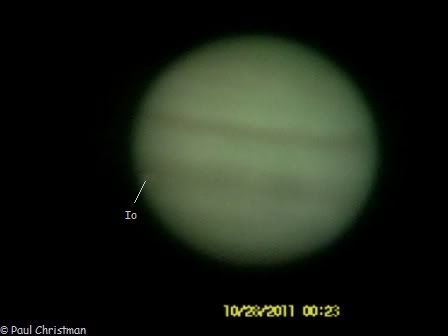

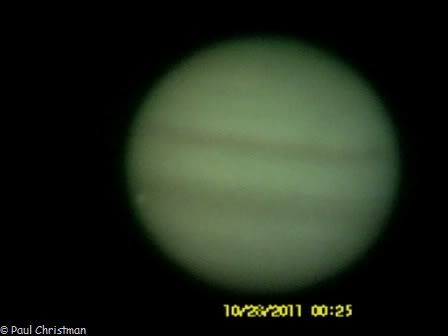
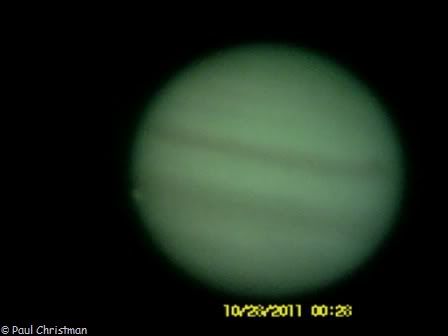
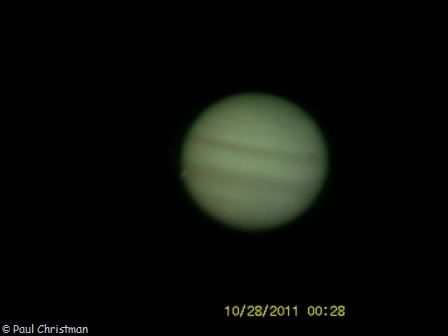
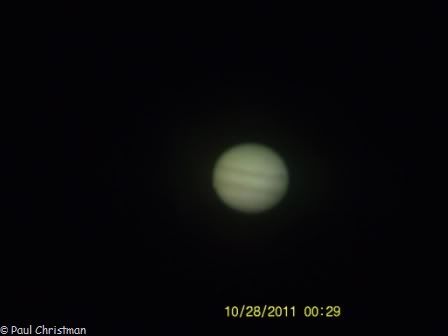
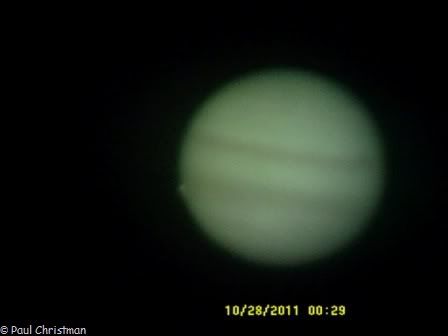
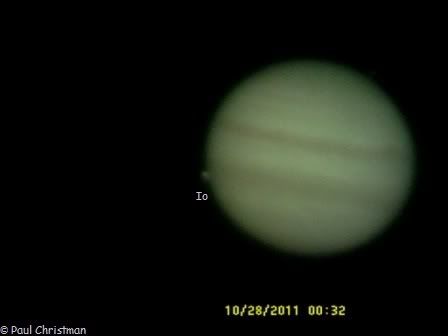

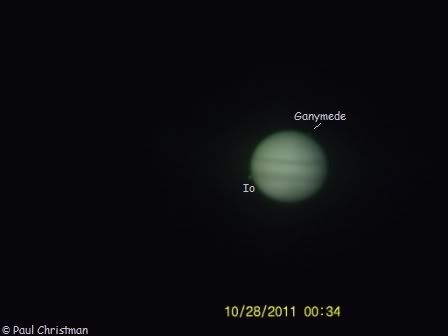

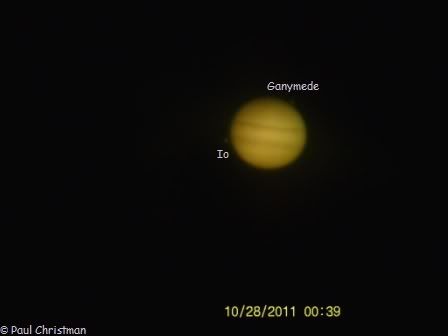


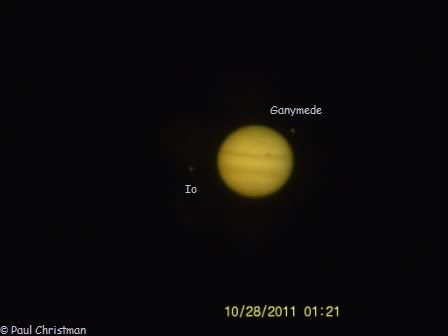
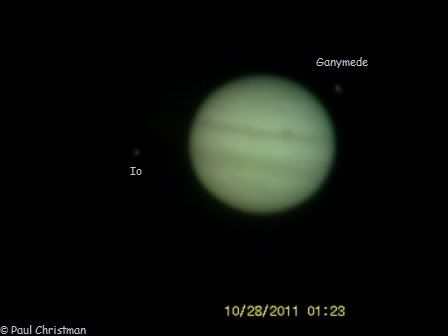
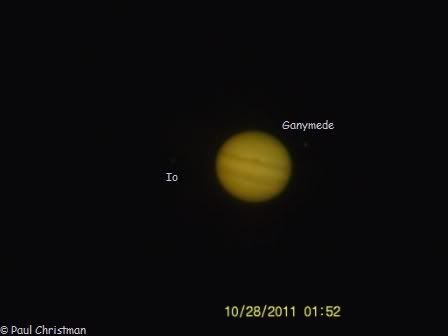
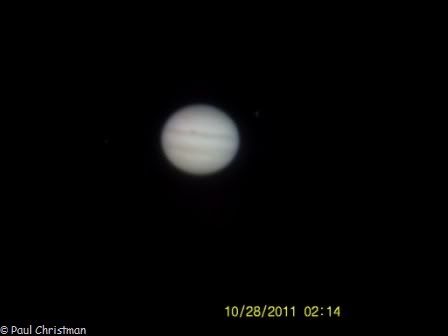
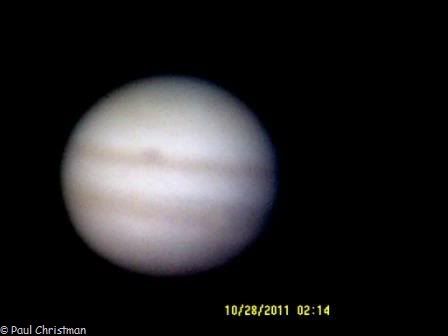
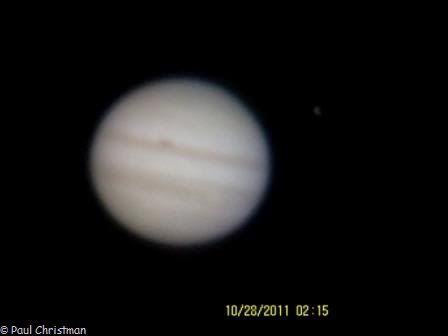

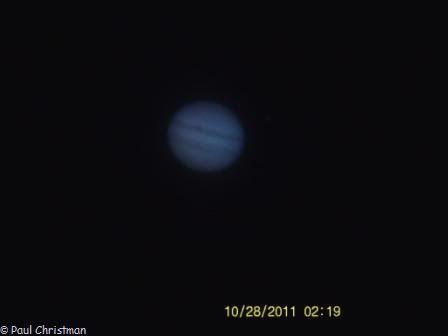


No comments:
Post a Comment